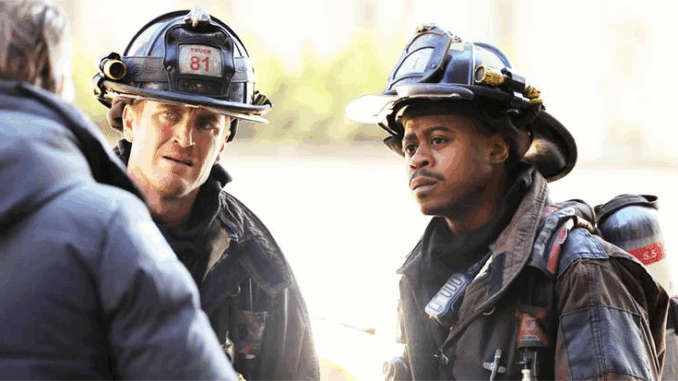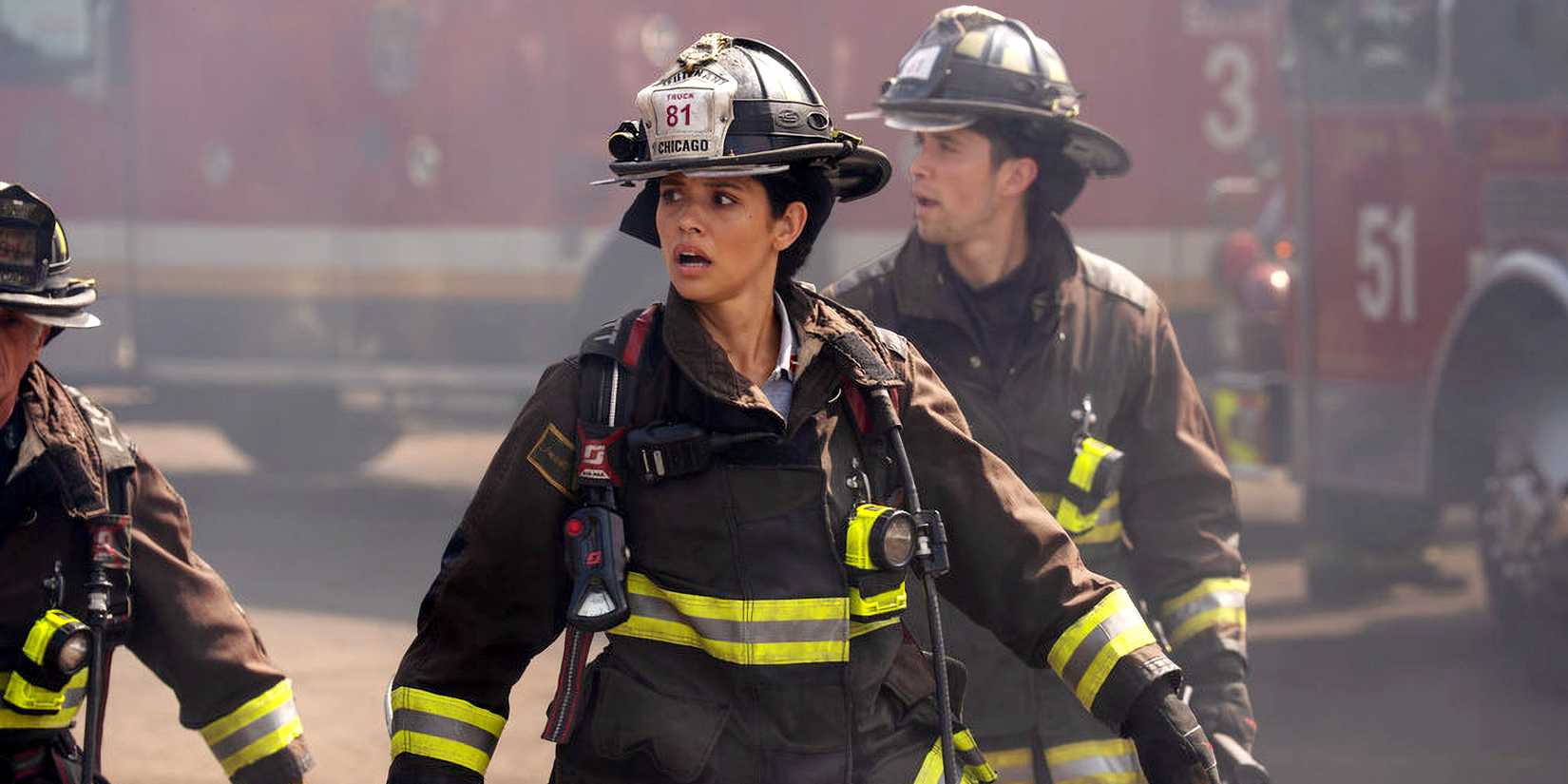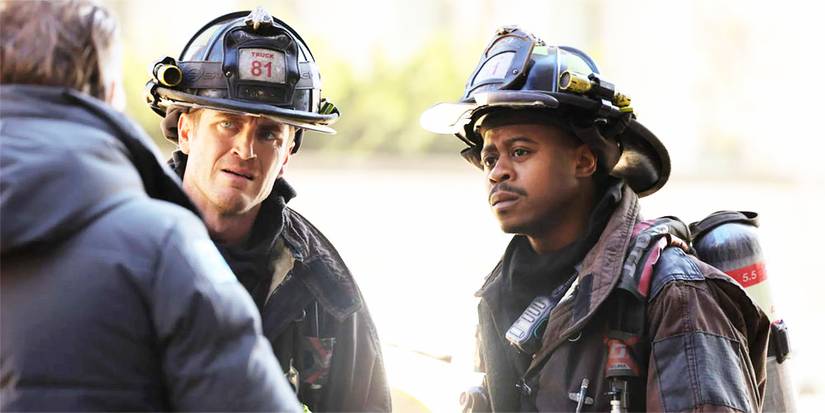
Fiction Imitates Reality in the One Chicago Universe
For years, Chicago Fire has built its success on a blend of heroism, heart, and high-stakes drama. But in Season 14, the show has turned inward, weaving a storyline that reflects the real-world challenges facing both its fictional firehouse and the production behind it. The result is a season that feels more grounded, more human, and far more personal — blurring the line between reality and fiction like never before.
The Real “Big Bad” of Season 14
Unlike Chicago PD, Chicago Fire rarely introduces a clear-cut villain. Its drama usually comes from within — from emotional turmoil, team dynamics, and the unpredictable nature of first-response work. Yet this year, the show has a new kind of antagonist: the Chicago Fire Department’s brownouts.
These budget cuts are forcing Firehouse 51 to operate with fewer rigs and reduced staffing, directly impacting the team’s ability to save lives. Paramedics Violet Mikami and Lizzie Novak have been stretched thin, taking on more than they can handle. Meanwhile, entire units like Engine 51 have been sidelined for shifts, leaving the firehouse understaffed and frustrated.
This isn’t just an imagined crisis for dramatic effect. It’s an emotional reflection of the real-world strain faced by emergency services — and, in a deeper sense, the show itself.

When Fiction Mirrors Production Reality
Behind the scenes, Chicago Fire has also been navigating its own version of “budget brownouts.” NBC’s recent cost-cutting decisions have led to cast reductions across the One Chicago franchise. In 2025 alone, the series said goodbye to two fan favourites: Daniel Kyri (Darren Ritter) and Jake Lockett (Sam Carver).
Ritter’s exit in Episode 2 of the new season hit especially hard, coming so soon after Carver’s emotional departure in the Season 13 finale. Their absences have left not just narrative gaps but emotional ones — mirroring the show’s onscreen depiction of a team forced to adapt under pressure.
Art Reflecting Industry Struggles
By making departmental cutbacks its main storyline, Chicago Fire isn’t just writing about budget challenges — it’s living them. The series is confronting the same financial realities that are reshaping network television: reduced cast guarantees, smaller production teams, and leaner episode counts.
What’s remarkable is how the writers have turned these limitations into storytelling fuel. The brownout plotline doesn’t just explain the missing characters; it becomes a commentary on endurance, teamwork, and the emotional toll of being asked to do more with less.

The Cost of Realism
While this creative approach keeps Chicago Fire relevant and authentic, it also makes the viewing experience more bittersweet. Fans have praised the show’s realism but admitted it’s painful to see beloved characters — and, by extension, beloved actors — disappear because of cost constraints.
As one critic put it, “Season 14 isn’t just about fighting fires. It’s about fighting for survival.”
A Season That Burns Brighter for Its Honesty
In confronting its own challenges through story, Chicago Fire has found a powerful new layer of meaning. The brownouts may be fiction, but the sense of loss, resilience, and quiet heroism they evoke are all too real — both for the firefighters of Firehouse 51 and for the people behind the camera who keep the show alive.

